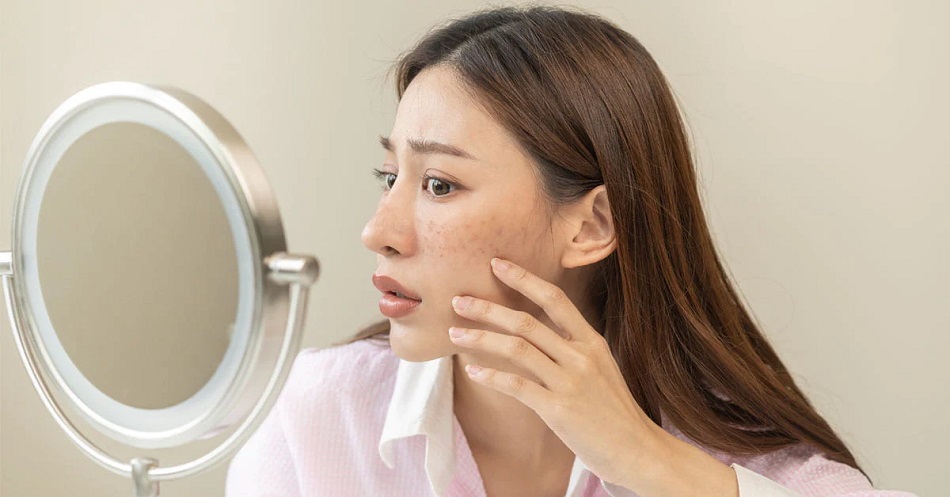
Sunspots, also known as age spots or solar lentigines, are a common dermatological concern that frequently appears on the face. These brown or tan patches of skin can be the result of prolonged sun exposure, and while they are generally harmless, many individuals seek the Best Treatment for Sunspots on Face to reduce their appearance and achieve a more even complexion.
There are several treatment options available to address sunspots on the face, ranging from topical creams to professional procedures. The choice of treatment often depends on the severity of the sunspots and personal preferences. Here, we explore some of the best treatments for sunspots on the face.
Topical treatments are often the first line of defense against sunspots on the face. They include various creams and serums that can be applied directly to the affected areas. Some commonly used topical treatments include:
Skin-Lightening Creams: Over-the-counter and prescription skin-lightening creams contain ingredients like hydroquinone, glycolic acid, or kojic acid. These compounds work to inhibit the production of melanin, the pigment responsible for the dark spots. Over time, these creams can help fade sunspots and improve overall skin tone.
Retinoids: Prescription retinoid creams, such as tretinoin (Retin-A), are renowned for their ability to promote skin cell turnover. This process helps reduce the appearance of sunspots and improves overall skin texture.
Vitamin C Serums: Vitamin C serums are known for their brightening effects on the skin. They can help fade sunspots and provide antioxidant protection against further sun damage.
Chemical peels are professional treatments performed by dermatologists or licensed professionals. They involve the application of a chemical solution to the skin, which exfoliates the top layer. This process can help reduce the appearance of sunspots, improve skin texture, and stimulate collagen production. Common peeling agents include glycolic acid, salicylic acid, and trichloroacetic acid (TCA).
Microdermabrasion is a non-invasive procedure that uses a machine to exfoliate the outer layer of skin. It can help improve the appearance of sunspots by removing dead skin cells and stimulating collagen production. Multiple sessions may be required for significant results.
Laser Therapy:
- Intense Pulsed Light (IPL): IPL treatments use high-intensity pulses of light to target pigmented areas of the skin. It can effectively reduce the appearance of sunspots and improve overall skin tone.
- Fractional Laser Resurfacing: Fractional laser treatments create microscopic injuries in the skin, stimulating collagen production and resulting in a smoother, more even complexion. They can be effective for sunspot removal.
Cryotherapy involves freezing sunspots with liquid nitrogen, causing them to peel off as the skin heals. This treatment is quick and can be performed in a dermatologist’s office. It’s particularly effective for isolated sunspots.
Topical Retinoid Prescription: In some cases, dermatologists may prescribe stronger retinoid creams or gels to address stubborn sunspots. These products have a higher concentration of active ingredients and should be used under the guidance of a healthcare professional.
Sun Protection: Preventing future sunspots is essential. Protect your skin from harmful UV rays by wearing sunscreen daily, seeking shade, wearing protective clothing, and using wide-brimmed hats and sunglasses. Sun protection is crucial even after you’ve treated existing sunspots to prevent their recurrence.
In conclusion, addressing sunspots on the face requires a multifaceted approach that may include topical creams, in-office procedures, and diligent sun protection. While many over-the-counter products can be effective, consulting a dermatologist is essential for a personalized treatment plan tailored to your skin type and the severity of your sunspots. With the right combination of treatments and a commitment to sun protection, you can reduce the appearance of sunspots and enjoy a clearer, more radiant complexion.

